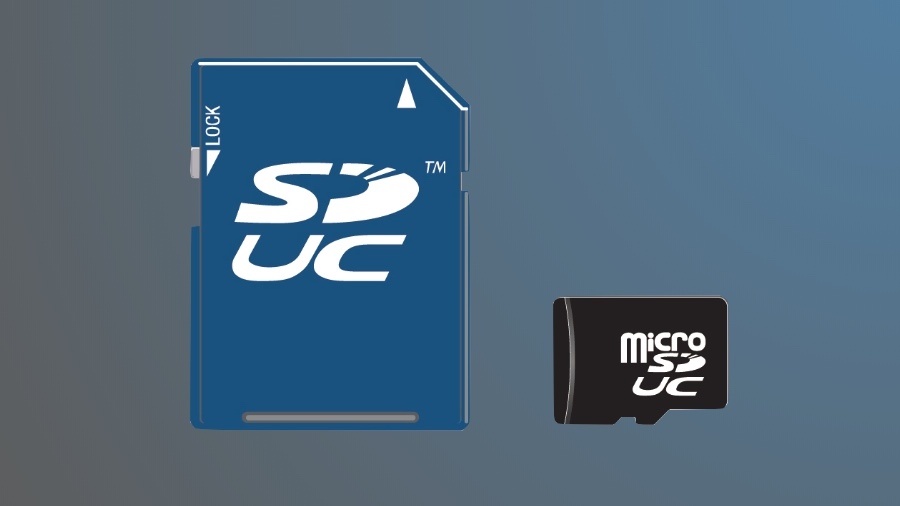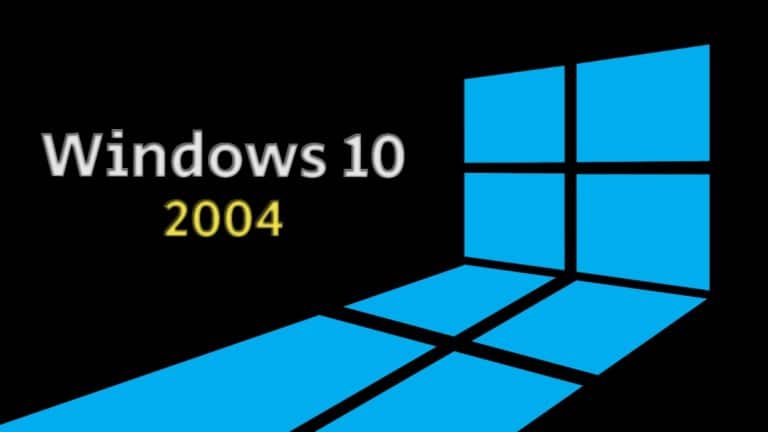SD Express: PCIe & NVMe Backed Standard Boosts Memory Card Capacity To 128TB

We all love new standards, they bring us new technologies, but sometimes we see new standards being published when we haven’t seen products manufactured with the standards we’re still waiting on. The new SD Express standard publication just begs the question “but, when will we get it?…”
A while back in 2016, the JEDEC Solid State Technology Association published the standard for UFS, or the Universal Flash Storage standard, which was supposed to bring a high-speed replacement for the SD standards while also being backward compatible.
The standard has had multiple iterations now and supports file transfers of up to 2,900MB/s for embedded storage and 1,200MB/s for cards. This is a serious increase over the SD cards that typically do little more than 10MB/s unless you invest in a professional grade card that might be capable of spurts of 300MB/s. The UFS standard hopes to bring SSD speeds to mobile embedded and removable applications. Awesome, right?
When will we see SD Express consumer products?
It all seems really cool, but it looks like manufacturers aren’t really making the jump because, despite being available for some time now, we aren’t seeing any significant prevalence of UFS capable products. It looks like manufacturers might be shying away from an untried technology, or maybe they’re just loyal to the legacy SD interface for monetary reasons.
The good news is that the SD Association, the group that oversees the development of SD card and related standards, has published a new standard that incorporates PCIe and NVMe connectivity while maintaining backward compatibility, though, at a cost.
Currently, the SD standard tops out at 624MB/s transfer speeds on the UHS-III standard and the new SD Express standard will bring that up to a whopping 985MB/s. Typically, standards deal in larger increases in throughput than the 63% throughput advantage of SD Express we see, but it appears that the SD Association is looking to future-proof things to a degree by leveraging the existing PCIe and NVMe technologies.
In doing so, SD Express speeds can grow with these technologies. This is a smart move that will make SD Express cards more relevant in non-mobile environments and allow for laptops, workstations, and other computers to take full advantage of the new standard without incorporation of any more discrete boards or controllers.
Everything looks to be all and well with the standard with the exception that any non-SD Express card will be forced to operate in UHS-104 mode, meaning that the maximum transfer speed will be 104MB/s. While this won’t be a problem for the average consumer, the professionals and, so-called, prosumers will be left running their UHS-II and UHS-III cards at much slower speeds. The reason this is so because the second row of pins used in the UHS-II and UHS-III standards will now be allocated for SD Express use while the first row is maintained for UHS104 and earlier connectivity.
So, the big question that’s left hanging about is, when will we see this in consumer grade products? The answer certainly isn’t very clear, but the incorporation of the existing PCIe and NVMe standards will definitely help things along because manufacturers are already familiar with them and existing test equipment can be used for hardware validation.
SD Express might not look as appealing to the consumer as UFS, but it still has a lot going for it. Let us know in the comments below which you would prefer, which you think will be adopted by the industry, and when you think that might happen.
Also Read: WPA3: Wi-Fi Receives Its Biggest Security Upgrade After 14 Years






